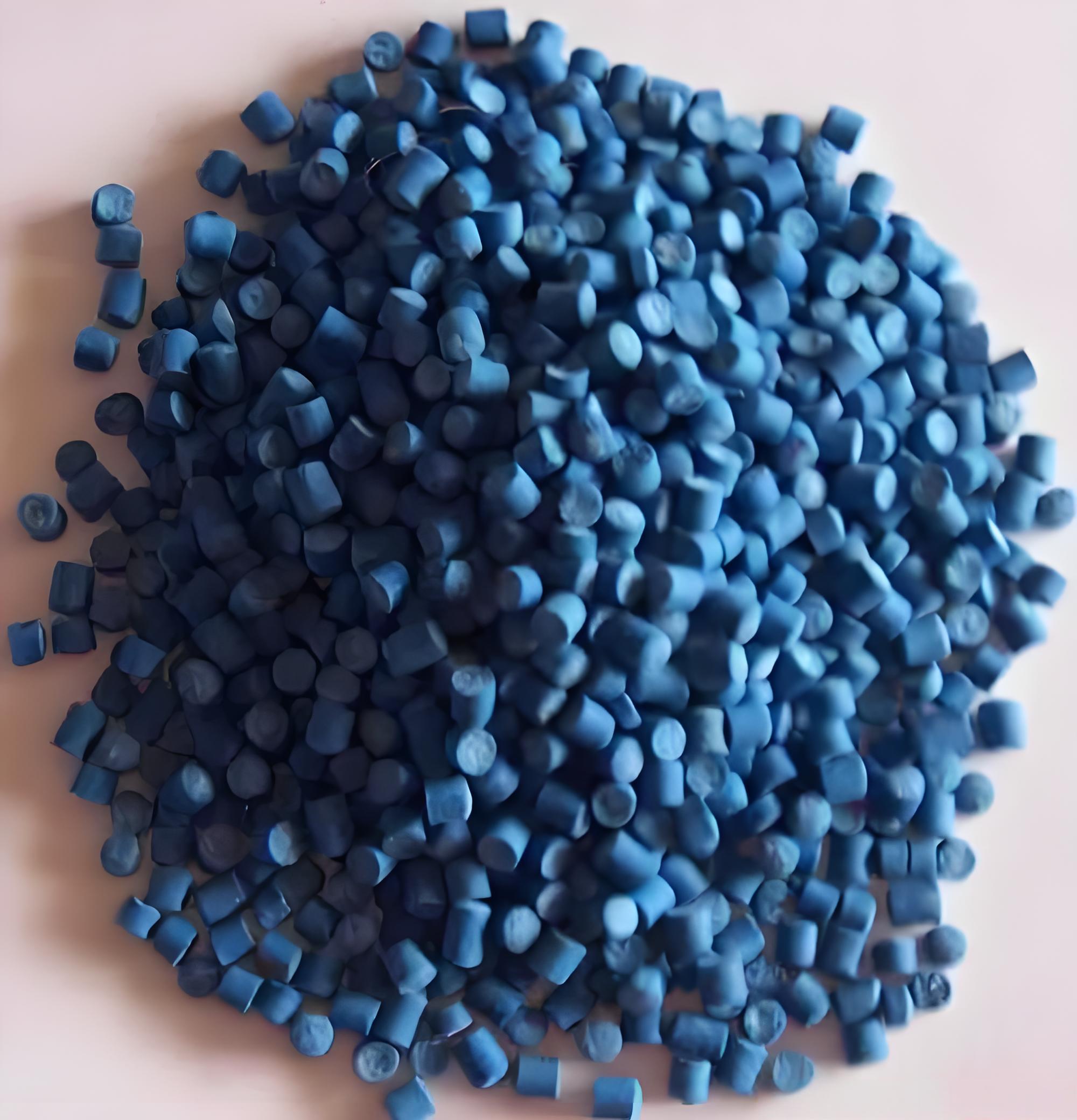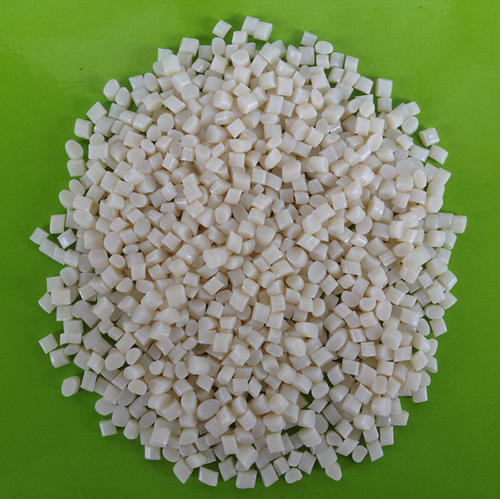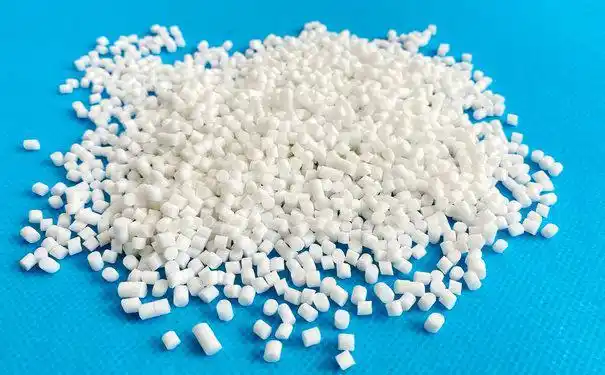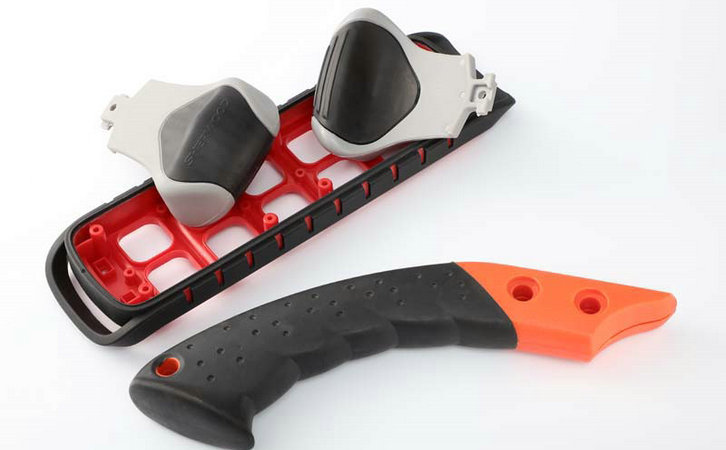As someone who’s been knee-deep in the plastics industry for over a decade, I’ve spent countless hours tweaking processes to get the best out of thermoplastic elastomers (TPEs). One question I hear often, especially from manufacturers setting up new lines or troubleshooting defects, is how long TPE raw materials need to be dried before processing. It’s a detail that can make or break your production—improper drying leads to issues like bubbles, poor surface finish, or weak parts. Drawing from my years of hands-on experience and countless discussions with material suppliers, I’ll break down everything you need to know about drying TPEs, including how long it takes, why it matters, and how to get it right.

Why Drying TPE Raw Materials Is Crucial
Let’s start with the basics. TPEs, like many plastics, can absorb moisture from the air, especially in humid environments. This moisture gets trapped in the polymer pellets and, if not removed before processing (like injection molding or extrusion), can cause serious problems. When heated, the moisture turns into steam, leading to defects such as splay, bubbles, or even hydrolysis in some TPEs, which degrades the material’s properties. I’ve seen production lines grind to a halt because undried TPE caused cloudy parts or inconsistent hardness, costing time and money.
Drying TPEs involves heating the pellets in a desiccant dryer or hot-air dryer to remove moisture before they hit the hopper. The drying time depends on several factors, and getting it right ensures consistent quality and smooth production. Let’s dive into what determines how long you need to dry your TPE.
Factors Affecting TPE Drying Time
From my time working with TPEs in various applications—from soft grips to medical tubing—I’ve learned that drying time isn’t a one-size-fits-all number. Here are the key factors that influence how long you should dry TPE raw materials:
1. Type of TPE
TPEs come in different families, such as SBS (styrene-butadiene-styrene), SEBS (styrene-ethylene-butylene-styrene), TPV (thermoplastic vulcanizate), and TPU (thermoplastic polyurethane). Each type has varying hygroscopicity (ability to absorb moisture). For example, TPUs are highly hygroscopic and require longer drying times, often 3–4 hours, to ensure all moisture is removed. In contrast, SEBS and SBS are less moisture-sensitive and may need only 1–2 hours. TPVs, with their cross-linked structure, fall somewhere in between.
2. Moisture Content of the Raw Material
The initial moisture content of your TPE pellets depends on how they were stored and the ambient conditions. Pellets stored in humid environments (e.g., 80% relative humidity) absorb more moisture and need longer drying. I once worked with a batch of TPU that had been stored in an unconditioned warehouse; it required 4 hours of drying at 80°C to eliminate splay, compared to 2 hours for a properly stored batch.

3. Drying Temperature
The drying temperature, typically set between 60°C and 120°C, affects how quickly moisture is removed. Higher temperatures speed up drying but must stay below the TPE’s softening point to avoid clumping or degradation. For example, SBS dries faster at 70°C than at 60°C, but going too high (e.g., 100°C) can cause pellets to stick together. Always check the material supplier’s technical data sheet for recommended drying temperatures.
4. Dryer Type and Efficiency
The type of dryer matters. Desiccant dryers, which use dry air to absorb moisture, are more efficient than hot-air dryers and can reduce drying time. In a project involving TPU for wearable devices, we switched to a desiccant dryer and cut drying time from 4 hours to 3 hours without compromising quality. The dryer’s airflow and capacity also play a role—larger dryers with strong airflow dry pellets more uniformly.
5. Pellet Size and Batch Size
Smaller pellets or granules dry faster because they have a higher surface area-to-volume ratio. Conversely, larger batches take longer because moisture in the center of the pile takes time to escape. In one factory, we found that splitting a large TPE batch into smaller trays reduced drying time by 30 minutes due to better air circulation.
6. Environmental Conditions
If your facility is in a humid region, TPE pellets can reabsorb moisture during handling or storage, even after drying. I’ve worked in plants where we had to use sealed hoppers and dry air blankets to keep dried TPE moisture-free, especially for TPUs. This is critical if you’re pausing production or storing dried pellets overnight.

Recommended Drying Times for TPEs
Based on my experience and industry standards, drying times for TPE raw materials typically range from 1 to 4 hours, depending on the material and conditions. Here’s a table summarizing recommended drying times and temperatures for common TPE types:
|
TPE Type |
Drying Temperature |
Drying Time |
Typical Applications |
|---|---|---|---|
|
SBS (Styrene-Butadiene-Styrene) |
60–80°C (140–176°F) |
1–2 hours |
Soft grips, toys |
|
SEBS (Styrene-Ethylene-Butylene-Styrene) |
70–90°C (158–194°F) |
1.5–3 hours |
Medical devices, seals |
|
TPV (Thermoplastic Vulcanizate) |
80–100°C (176–212°F) |
2–3 hours |
Automotive parts, weather seals |
|
TPU (Thermoplastic Polyurethane) |
90–120°C (194–248°F) |
3–4 hours |
Wearables, cables |
Note: These are general guidelines. Always consult your material supplier’s technical data sheet for precise recommendations.
These ranges assume a desiccant dryer with good airflow and pellets stored in reasonable conditions. If you’re using a hot-air dryer or dealing with very humid pellets, you might need to add 30–60 minutes to the drying time.
How to Dry TPE Raw Materials Effectively
Here’s a step-by-step guide I’ve developed over the years to ensure TPEs are properly dried:
Check the Material Data Sheet: Start with the supplier’s recommended drying temperature and time. For example, a TPU might need 3 hours at 100°C, while an SEBS might need 2 hours at 80°C.
Inspect Storage Conditions: If pellets have been stored in a humid environment, assume higher moisture content and lean toward the longer end of the drying range (e.g., 3 hours for SEBS instead of 1.5).
Use the Right Dryer: Opt for a desiccant dryer for faster, more consistent results. Ensure the dryer is maintained (e.g., desiccant beds regenerated) to avoid inefficiencies.
Spread Pellets Evenly: Load pellets in thin layers (no more than 2–3 cm deep) to ensure uniform drying. Overloading the dryer can lead to uneven moisture removal.
Monitor Moisture Levels: If possible, use a moisture analyzer to verify that the pellets’ moisture content is below 0.02% (a common threshold for TPEs). This is especially critical for TPUs.
Store Dried Pellets Properly: Transfer dried pellets to a sealed hopper or container to prevent reabsorption of moisture. In humid factories, I’ve used dry air systems to keep pellets ready for processing.
Test a Small Batch: Run a small test batch through your molding or extrusion machine to check for defects like splay or bubbles. If issues appear, extend drying time by 30 minutes and retest.

Real-World Examples from My Experience
Let me share a couple of stories to illustrate how drying times can make or break a project. Early in my career, I worked on an injection molding line producing TPE grips for consumer electronics. We were using an SEBS material, and the supplier recommended drying for 2 hours at 80°C. However, the pellets had been stored in a humid warehouse, and we started seeing splay marks on the parts. After increasing the drying time to 3 hours and switching to a desiccant dryer, the defects disappeared, and we achieved a smooth, consistent finish.
In another case, we were processing TPU for medical tubing. The material was highly hygroscopic, and the initial drying time of 2 hours at 90°C wasn’t enough, leading to bubbles in the extruded tubing. We bumped the drying time to 4 hours at 100°C and used a sealed hopper to keep the pellets dry. This solved the issue, and the tubing passed strict quality checks. These experiences taught me the importance of tailoring drying time to the material and environment.
Common Drying Mistakes and How to Avoid Them
Over the years, I’ve seen a few pitfalls that can derail TPE drying. Here’s how to steer clear:
Under-Drying: Not drying long enough can leave moisture in the pellets, causing defects. Always err on the side of longer drying times, especially for TPUs.
Overheating: Drying at too high a temperature (e.g., above 120°C for SBS) can cause pellets to clump or degrade. Stick to the supplier’s recommended temperature range.
Poor Dryer Maintenance: A clogged or worn-out desiccant dryer can’t remove moisture effectively. Regularly check and regenerate desiccant beds.
Improper Storage: Leaving dried pellets exposed to humid air can undo your efforts. Use sealed containers or dry hoppers to keep pellets moisture-free.
Skipping Moisture Checks: Assuming pellets are dry without testing can lead to surprises. If you don’t have a moisture analyzer, run a test batch to confirm quality.
Tips for Optimizing TPE Drying
Here are some practical tips I’ve picked up to make drying TPEs as efficient as possible:
Invest in a Quality Dryer: A reliable desiccant dryer with good airflow and temperature control is worth the investment. It saves time and ensures consistent results.
Pre-Dry in Humid Climates: If you’re in a high-humidity area, consider pre-drying pellets for 30–60 minutes before loading them into the main dryer.
Batch Small Quantities: Dry only what you need for a few hours of production to avoid reabsorption of moisture in the hopper.
Keep Records: Log drying times, temperatures, and outcomes for each TPE type. This helps you replicate successful settings and troubleshoot issues.
Work with Suppliers: Your TPE supplier can provide tailored drying recommendations. Don’t hesitate to ask for their input, especially for new materials.

Related Questions and Answers
To wrap things up, here are some common questions I’ve heard about drying TPE raw materials, along with answers based on my experience:
Q: Do all TPEs need to be dried before processing?
A: Most TPEs, especially TPUs, require drying due to their hygroscopic nature. SEBS and SBS are less sensitive but should still be dried (1–3 hours) to ensure quality.
Q: What happens if I skip drying TPEs?
A: Undried TPEs can cause defects like splay, bubbles, or weak parts due to moisture turning into steam during processing. Always dry to avoid quality issues.
Q: Can I dry TPEs faster with higher temperatures?
A: Higher temperatures can speed up drying but risk clumping or degradation. Stick to the supplier’s recommended range (e.g., 60–80°C for SBS, 90–120°C for TPU).
Q: How do I know if my TPE is dry enough?
A: Use a moisture analyzer to confirm moisture content below 0.02%, or run a test batch and check for defects like splay or bubbles.
Q: Can I store dried TPE pellets for later use?
A: Yes, but store them in a sealed container or dry hopper to prevent moisture reabsorption, especially in humid environments.
Final Thoughts
Drying TPE raw materials is a critical step that sets the stage for flawless injection molding or extrusion. By understanding your TPE type, moisture content, drying temperature, and equipment, you can determine the right drying time—typically 1–4 hours—to ensure high-quality parts. My years in the industry have shown me that a little attention to drying can prevent big headaches down the line. Whether you’re producing soft grips or durable seals, proper drying is the foundation of consistent, defect-free production.
If you’re new to TPE processing or facing drying-related issues, start with the supplier’s guidelines, test your setup, and keep tweaking until you hit the sweet spot. The world of TPEs is full of possibilities, and with the right drying process, you’ll be set to create parts that meet both your standards and your customers’ expectations.





